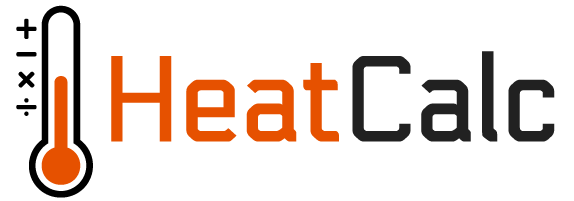Heat recovery for warming
Utilizing heat for a nearby heat demand, like what is done in Combined Heat & Power (CHP) or Cogeneration, is typically the most efficient use of thermal energy.
Benefits
If you have waste heat and an existing heat demand, the simplest, most efficient, and often most cost effective way to use that heat is to allocate it to the heat demand. In many cases, it can displace a boiler that requires fuel to operate or electric heaters that need power from the grid. As a result, the primary benefits are:
Significant savings through a reduction in operating costs
Reduction in capital spend (avoidance of a boiler purchase)
Potential to monetize the heat by selling it to nearby facilities
Reduction or elimination of fuel used for heating
Reduced CO2 and other emissions
Less price volatility
Examples of using recovered heat
There are a variety of ways that waste heat can be used for warming. Like all waste heat utilization projects, there needs to be a heat source and a use for the heat somewhere in the area. The different heat for warming projects primarily fall into two buckets:
Heat recycling
An example of combustion air pre-heating.
Heat can be used in a different stage of the very process that is producing the heat. Recycling the heat in an existing process is ideal because the transport complexities are reduced, and the heat production occurs at the same time as the heat demand.
Common examples of heat recycling are:
Combustion air pre-heating
Boiler feedwater pre-heating
Load/charge pre-heating
Water heating for use in the same process.
Large breweries will recycle heat to reduce the amount of steam they need to generate. At the end of the brewing process, the liquid needs to be cooled from boiling to room temperature. Brewers will use a heat exchanger to pull heat from the hot liquid and transfer it to another tank to begin preheating the water for another batch.
Heat allocation
An example of combined heat and power using a reciprocating engine
With heat allocation, waste heat is transferred to a heat demand that is not in the same process. Heat allocation creates a potential source of revenue for the heat producer, and can create savings for a local user of the heat.
Common examples of heat allocation are:
Warming a hospital, pool, or greenhouse
Water heating
Space heating
Steam generation
Heat allocation is common in Combined Heat & Power (CHP) systems whereby a generator creates heat as a byproduct of operating. The exhaust heat can be captured and delivered to a nearby heat demand.
Heat exchangers, and how it's done
There are many different ways to capture and utilize heat. The most common forms are various types of heat exchangers that transfer heat from one medium to another. A heat exchanger is a device used to transfer heat between one or more media. The media are often separated by a wall to prevent mixing and less commonly they may be in direct contact.
A typical application for heat exchanger is the transfer of heat from a flue gas to a liquid, such as water. The water can then be pumped to a location that requires hot water, or where water can be used for heating. Check out our Heat recovery page for more details on how the heat is utilized from the heat source.
Once the heat is extracted, it must be put to use. The desired end use of the heat will dictate the way it is transmitted and eventually used. Below are a few options, shown with a heat exchanger transferring heat from one medium to another.
Heat inlet
Air or flue gas
Water
Steam
Heat outlet
Hot air
Hot water
Steam
Other medium
Considerations
Heat exchanger technologies enable the flow of energy 'downhill' from a high temperature use to a lower temperature use. As such, a project will not achieve a higher temperature heat from a lower temperature heat. The exception to this is with a heat pump, which requires energy to be put back into the system.
As heat is extracted from a heat source, the temperature is reduced. So although an exhaust stream may be 400F, as heat is transferred, the exhaust will cool down. To see limitations on this for quantity of heat at various temperatures, check out our calculator.
Water and steam can be transported relatively long distances to deliver heat to buildings or users nearby. Great examples of this are on college campuses where steam loops deliver heat to various buildings all around campus from one central heat source.
Check out our Calculator to see how much heat you have available and what you can do with it.




